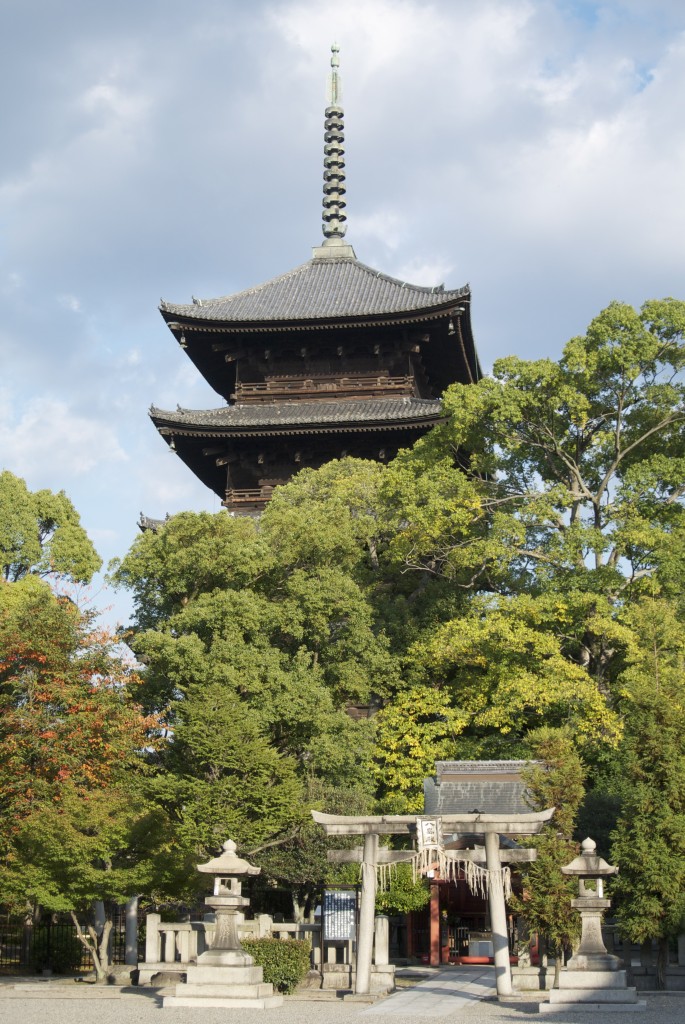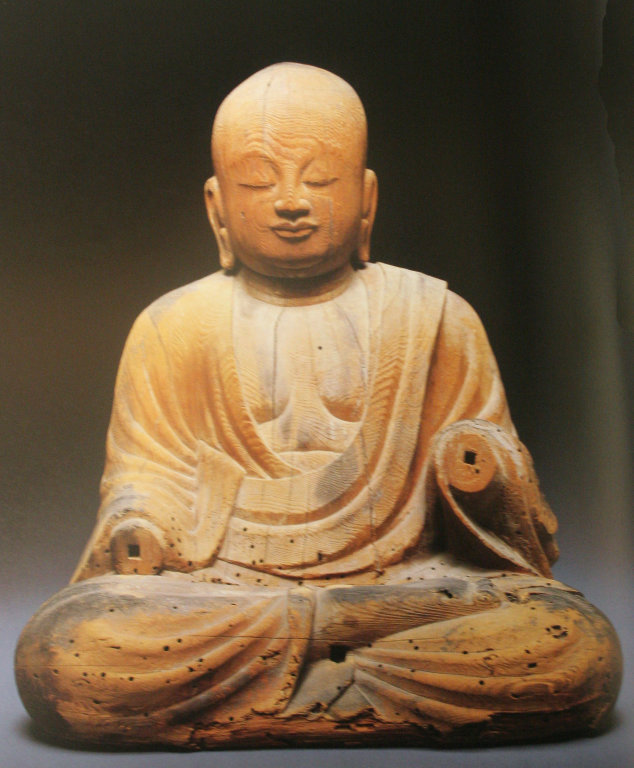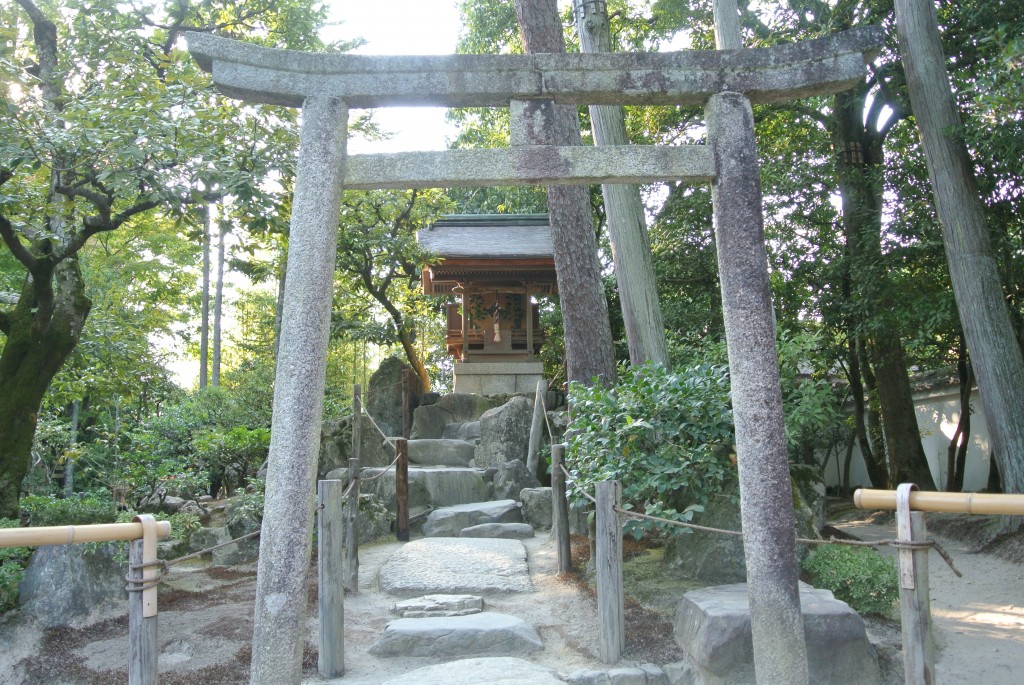One of the striking facets of kami worship in Japan is how much of it lies outside the official parameters of Shinto. This is evident above all in the syncretic festivals and places of worship, where kami worship is part of a continuum embracing Buddhism, Taoism and Shugendo.
Two of Kyoto’s World Heritage Sites reinforce the view, because both are Buddhist yet both contain not just one kami shrine but two. One of the temples is Zen – The Silver Pavilion, aka Ginkakuji. The other is Shingon, namely Toji. At Ginkakuji the kami is honoured in a shrine that stands right next to the (non-)Silver Pavilion itself. At Toji there are two large shrines, almost adjacent to each other.

Toji:s protective shrine in front of Kyoto's tallest pagoda, showing the harmony of kami and Buddhism
Why would Buddhists honour kami so fervently in this way? All across Asia Buddhism showed a syncretic tendency, even from its very inception acceptance of Hindu deities. It’s not surprising then that it should want to adapt the local deities in Japan.
Kami became protectors of the Buddhists, as if the spirits were tied to the land. it was part of a this-world other-world distinction that seemed to make good sense.
Some of the syncretic deities took on surprising qualities. The kami Hachiman, for instance, was depicted as a Buddhist priest and celebrated as Sogyo Hachiman (Hachiman the priest). Just as remarkably, the kami Tenjin was said to have travelled to China where he studied Zen and became enlightened. (Tenjin was the the wrathful spirit of statesman Sugawara no Michizane (845-903).)
The depiction of kami in this way was a means of integrating native folk-cults under the Buddhist umbrella as fellow spirits on the path to enlightenment. They had a special place as guardians of Japan and Japanese culture, but in the end they were subject to Buddhist doctrine. The Meiji Restoration sought to ‘liberate’ them, though one could say that in the syncretic fusion lies Japan:s true soul.

Kami or Buddhist? Sogyo Hachiman shows the kami in the guise of a priest, on the path to enlightenment (courtesy art institute, chicago)


Leave a Reply